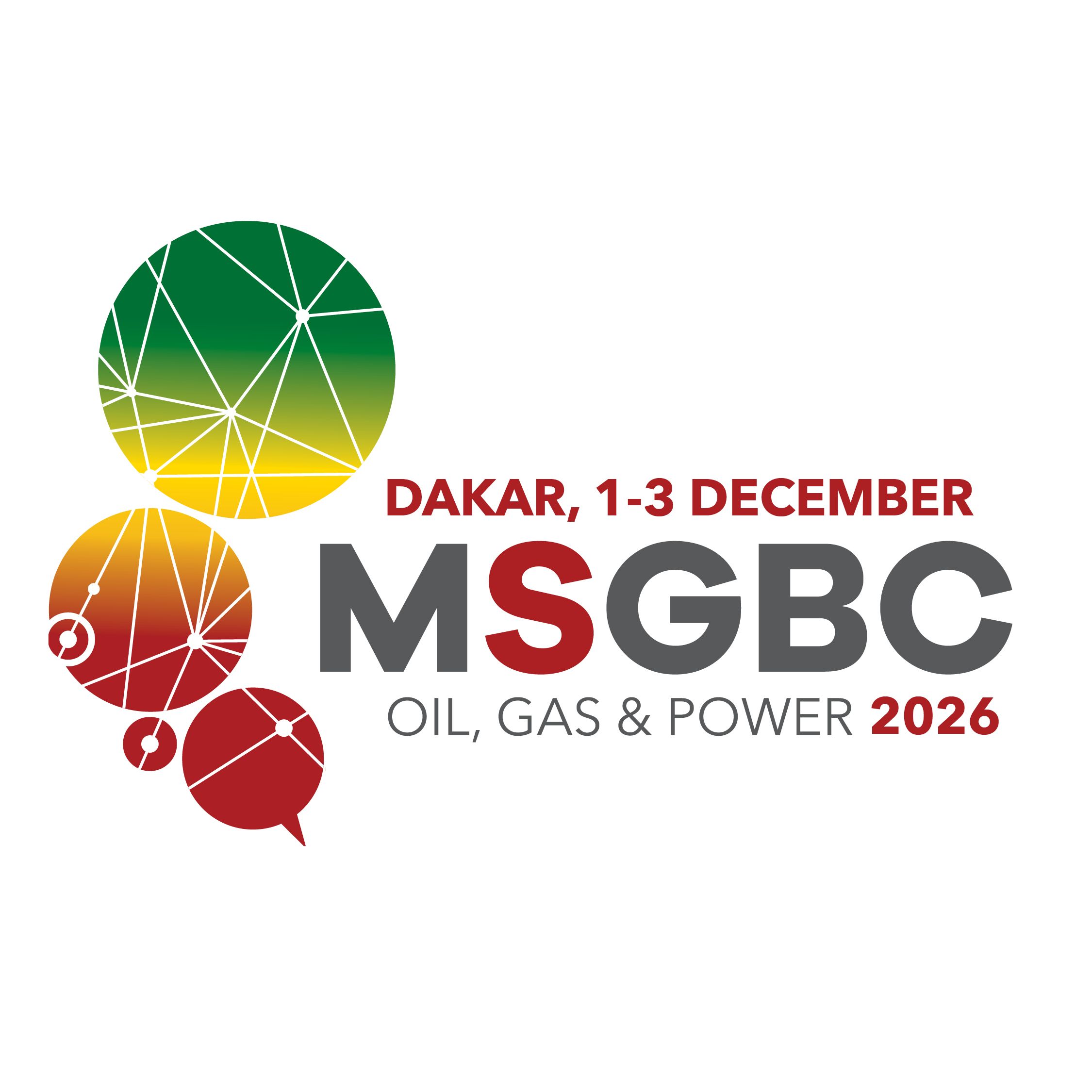Investing in Green Hydrogen: Outlook and Potential in the MSGBC Region
)
Available in French.
Rising demand for sustainable energy worldwide, combined with unparalleled renewable energy resources in Africa, has made the continent both a strategic and highly attractive green hydrogen market. In the MSGBC region, Mauritania has unveiled ambitious plans for large-scale projects aimed at producing 12.5 million tons of green hydrogen annually by 2035, effectively capturing up to 1.5% of the global hydrogen market.
Meanwhile, The Gambia is exploring green hydrogen as a clean energy source. The country’s Ministry of Petroleum and Energy and H2 Gambia Limited – a subsidiary of green hydrogen developer HydroGenesis – signed a Memorandum of Understanding (MOU) last year to assess the commercial viability of hydrogen production in-country. According to a study by the International Renewable Energy Agency and African Development Bank (AfDB), West Africa has the potential to produce 1,956 GW of solar energy and 106 GW of wind energy which, in tandem with its proximity to Europe, makes the MSGBC region an attractive destination to develop local industries, enhance infrastructure and promote a green hydrogen market.
Explore opportunities, foster partnerships and stay at the forefront of the MSGBC region’s oil, gas and power sector. Visit www.msgbcoilgasandpower.com to secure your participation at the MSGBC Oil, Gas & Power 2024 conference. To sponsor or participate as a delegate, please contact sales@energycapitalpower.com.
Large-Scale Projects Take Shape
Mauritania, home to a number of large-scale projects, has emerged as one of the world’s top green hydrogen investment destinations. In March 2024, Africa-focused transitional energy group Chariot completed the feasibility study for the 10 GW Project Nour, which aims to produce 1.2 million tons of green hydrogen annually by 2030. The project, which is equally owned by Chariot and energy major TotalEnergies and developed with the support of Mauritania’s Ministry of Petroleum, Energy and Mines, will target 3 GW of renewable capacity and 1.6 GW of electrolysis capacity in its first phase.
Last year, German project developer Conjuncta signed a MOU with the government of Mauritania, Egyptian energy provider Infinity Power and Emirati renewable energy producer Masdar for the construction of a $34-billion green hydrogen complex in the country. The project is set to convert 10 GW of electricity into green hydrogen once operational in 2028. Meanwhile, renewable energy developer CWP Global’s $40 billion Aman Project will use 30 GW of hybrid wind and solar energy to produce green hydrogen by 2030. At COP28, renewable energy firm Amea Power inked two MOUs for the development of a 100 MW wind farm and 100 MW solar photovoltaic plant in Mauritania. The goal of these projects is to pave the way for the establishment of a 1 GW green hydrogen project in-country.
Paths to Expanding Investment
According to a McKinsey analysis, meeting the green hydrogen goals of top African countries will require up to $55 billion in investment by 2030 and $900 billion by 2050. Mauritania and The Gambia’s proximity to European markets positions the MSGBC region favorably for both regional and global exports. The countries are also poised to benefit from neighboring Senegal’s export infrastructure, which is being revamped to support first oil and gas production. Meanwhile, the adoption of green hydrogen policies is expected to accelerate project development and foster collaboration with private, public and global institutions to accelerate industry expansion.
In October 2023, European Commission President Ursula von der Leyen and President of Mauritania Mohamed Ould Ghazouani jointly launched the Team Europe Initiative. Backed by the European Commission, France, Germany, Spain and European Investment Bank, the initiative aims to catalyze investment in the development of green hydrogen industries in the country. It also aims to achieve four primary objectives: infrastructure development, job creation, skills development and a legal and fiscal framework.
The AfDB and the World bank have also emerged as top advocates for Mauritania’s green hydrogen initiatives. The AfDB is supporting Mauritania in areas such as legal frameworks, local procurement requirements and green hydrogen knowledge transfer, while the World Bank has released the country’s Roadmap for Low-Carbon Hydrogen Development, providing support through policy advice and frameworks.

